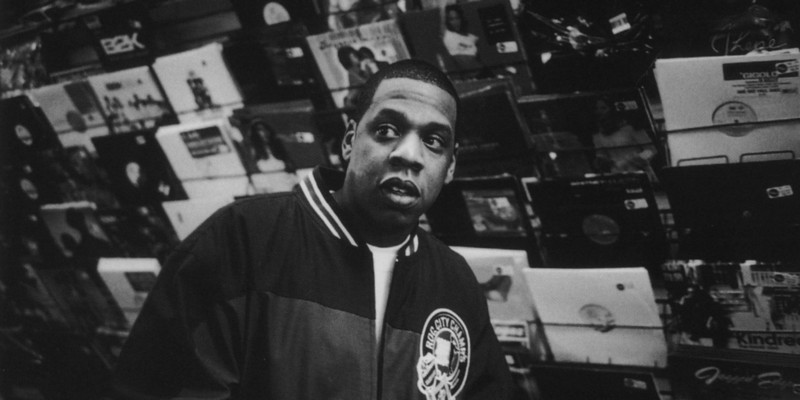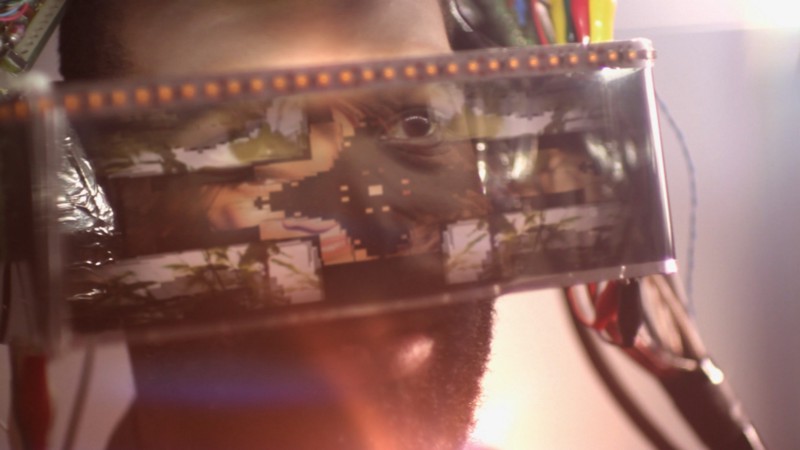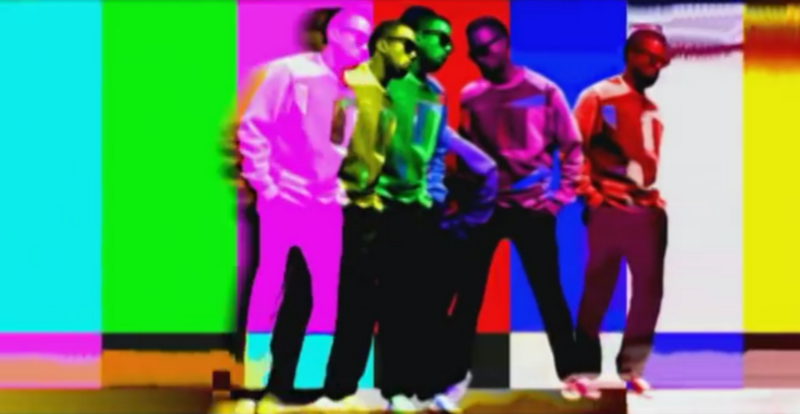
Jay Z was set to retire.
The Black Album was released late 2003 and was to be Jay Z’s eighth and final solo album. As the final album’s final single, Jay had tabbed “99 Problems” as his formal goodbye to the hip-hop world in April 2004. The song was already (and remains to this day) one of his most critically acclaimed tracks, and the video had to be something to live up to the classic Jay Z gold standard.
He originally targeted Quentin Tarantino. I’m a big Tarantino fan, but I have no idea how that would’ve worked. I guess if I try hard enough, I can hear Tarantino elements in the song, but it’s probably a testament to the finished piece that I can’t imagine anyone but Mark Romanek making anything but this video. He had made a name for himself with artists like Keith Richards, Lenny Kravitz, David Bowie, Madonna, and Iggy Pop. His only real foray into hip-hop videos was a ’91 De La Soul cut, which may as well be a different genre than “99 Problems” entirely. “99 Problems” rode on riotous production from Rick Rubin, and would need a video channeling Romanek’s work with Nine Inch Nails more than anything else.
And that’s just what Romanek did. He went to Brooklyn. He went to Bed-Stuy. He went to Marcy. He came back with what I always tell people is my favorite music video of all time. I genuinely believe this is one of the best music videos ever created. It feels like Brooklyn’s Gummo, crammed into four minutes and 17 seconds.
It’s loud, arrogant, energetic, soulful, honest, iconic, and incredible.
Shot entirely hand-held on black-and-white film, the video portrays Jay Z’s New York, from the inmates to the dancers. It features cameos from actor Vincent Gallo and Rubin. It features a grim funeral. It features the craziest New York subway dance performance you’ll find on film. It features the Brooklyn Bridge. It features a dancing church choir juxtaposed against a scene violent enough to warrant a disclaimer every time the video aired on MTV.
The piece culminates with our protagonist getting riddled with bullets. The assassination was to symbolize his death as an artist, the last time he was depicted on screen as a rapper, the final goodbye. It’s as if Jay Z’s life flashed before his eyes before dying, and this is what he saw. It’s the place and the environment that made him.
A video so perfect can only end like “99 Problems” does. One final shout-out to Brooklyn and a shaky view of Jay Z’s birthplace, Marcy Houses, before cutting to black. Just like his career.


